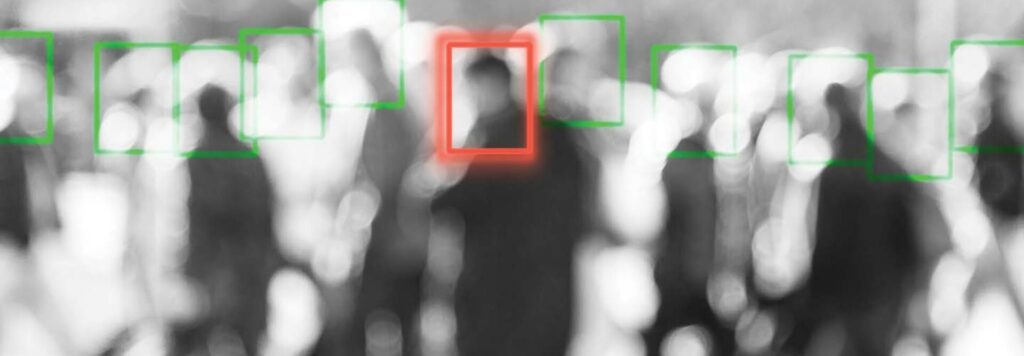The Integration of AI in Physical Security Tools
Artificial Intelligence (AI) has made remarkable strides in enhancing physical security, transforming how we protect our spaces. When we think of AI in this realm, security cameras stand out as the primary tools equipped with intelligent features. From facial recognition and license plate scanning to weapon detection and visitor management, these smart cameras ensure that everyone entering a campus—whether in a car or on foot—is accounted for and monitored closely.
Moreover, AI-enabled access control systems play a crucial role by discerning unauthorized attempts to enter restricted areas. They can trigger emergency lockdowns when necessary. Amplifying this capability, environmental sensors utilize AI technology to “listen” for disruptive noises, keywords, or potential threats, enabling rapid responses from campus security teams.
AI Enhances, But Does Not Replace, Human Security Teams
In the world of security, timing is everything. AI technologies empower campus safety teams to act swiftly and armed with greater information compared to traditional methods of surveillance. Unlike human monitors, who might miss critical events due to distractions or fatigue, AI systems operate continuously, watching every device around the clock and instantly alerting security personnel to any threats.
However, it’s important to note that these advanced systems are not here to replace the human touch. While AI can identify potential dangers, it’s ultimately up to trained individuals to take appropriate action. Think of AI as a high-powered assistant—its role is to provide detailed insights that refine human response times and improve accuracy in decision-making. When security personnel arrive on-site, they are better informed and can react more promptly to emergencies.
Implementing AI Security Tools: A Step-by-Step Approach
If you’re considering how AI can fit into your existing security plan, it’s wise to approach changes gradually. For large campuses, a full-scale installation of cutting-edge camera equipment can be daunting—both logistically and financially. Instead, consider rolling out upgrades department by department. Piloting small-scale projects can help security and IT teams assess the effectiveness of new technology before committing to larger initiatives.
For expert guidance during this transition, CDW provides a wealth of services, from initial site assessments to find optimal locations for cameras and sensors, all the way through the implementation and training of campus staff and local law enforcement.
Looking ahead, the future of AI in security seems promising. We can anticipate improvements in recognition and detection capabilities, alongside advancements in data analytics for precise threat predictions. No matter what changes come, AI and humans will continue to collaborate, striving to make our colleges and universities safer environments.
The AI Buzz Hub team is excited to see where these breakthroughs take us. Want to stay in the loop on all things AI? Subscribe to our newsletter or share this article with your fellow enthusiasts.




